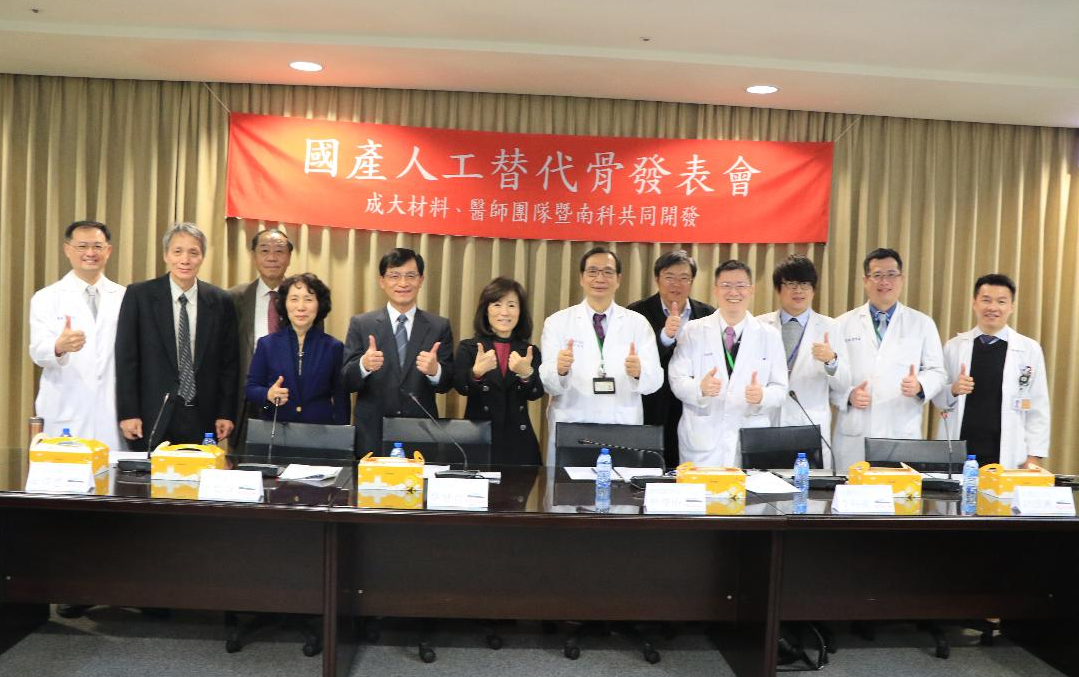Orthopedic cases
Orthopedic cases
EZECHBONE®:Solutions for Orthopedics
Product Description of Ezechbone® Cement -- Non-disintegrating Absorbable Calcium-Based Bone cement
|
|
|
|
Indications for use:
| Ezechbone® Cement is designed to repair and restore various bone voids, including extremities, craniofacial bones, sternum, spine, intra/periarticular bone, tumor removal-created bone voids, traumatic injury-created bone voids, etc. |
Product Description of Ezechbone® Granule -- hemostasis, anti-inflammatory, and fast bone healing performance
|
|
|
|
|
|
Indications for use:
|
Ezechbone® Granule is designed to repair and restore various bone voids, including extremities, craniofacial bones, sternum, intra/periarticular bone, tumor removal-created bone voids, traumatic injury-created bone voids, etc. |
Orthopedics clinical case 1:Artificial elbow joint reconstruction
| A 40-year-old woman with depression suffered from poor bone quality after taking medicine for a long time. The humerus had a complex fracture, and an artificial elbow joint was replaced 10 years ago with PMMA perfusion and fixation (PMMA is used in the middle section of the humerus). Because the artificial elbow joint keeps shaking at the distal end (movable end), and there is PMMA around it, the bones of the distal humerus are absorbed, and the implant shakes causing pain, so I hope to have surgery. In order to stabilize the artificial elbow joint, the doctor inserted an intramedullary nail (16 cm) into the end (insertion end) of the new artificial elbow joint to lengthen it. After the doctor allowed the intramedullary nail and the artificial elbow joint to be stably connected, the gap between the distal humerus and the artificial joint (full, more than 3mm) was first filled with about 2 grams of 8 c.c. Ezechbone® Granule using two tubes. Then the doctor uses a 2mm iron bar to slowly adjust the Ezechbone® Granule and push them into the humerus. The vacant space at the distal end of the humerus continues to be filled with Ezechbone® Granules. In the end, 5g (20c.c.) of Ezechbone® Granule was used, and the entire gap between the humerus and the artificial joint was filled. The wound is closed and the operation is completed. After 2 months of follow-up, the patient no longer had pain and the joints were functioning well. |
Orthopedics clinical case 2:Vertebroplasty
| A 75-year-old female patient tripped over something and fell two months ago, resulting in severe low back pain and being bedridden. The patient also had a compression fracture accompanied by severe osteoporosis. The doctor performed vertebroplasty on her, using a 2.0mm K needle through the L3 pedicle to enter the front widening path of the compressed vertebral body, and inserted a delivery tube through the pedicle ( (outer diameter 6.0mm) into the front of the vertebral body, confirm the positioning through fluoroscopy, inject the bone replacement Ezechbone® Granule particles into the vertebral body through the delivery tube, and then add physiological saline as appropriate to slowly push the bone particles into the vertebral body. The filling condition was checked through fluoroscopy, and then the replacement bone was placed on the bone chip to close the wound layer by layer without drainage or bleeding. A total of 7g of Ezechbone® Granule was used in the entire operation. Within 24 hours after the operation, the patient could get out of bed and walk to the radiology department on his own, with good mobility and no pain. |
Orthopedics clinical case 3:Knee antitension osteotomy repair
| A 44-year-old male patient suffered from the sequelae of old trauma, which caused disability in the left knee and the recurvature of the left knee. The medial tibial plateau fracture was accompanied by epiphyseal injury and pause. The doctor performed an open wedge osteotomy of the anterior tibia on the left knee joint, using Ezechbone® 2g, and the long leg was immobilized in a cast after surgery. Since the patient could not tolerate the inconvenience and discomfort caused by the cast, we were asked to remove the cast one week after the surgery. Follow-up after 2 months, the patient was able to stand on one leg (usually it takes 6 months to achieve this). After 3 months, the patient returned to normal work and tried exercise programs. |
Orthopedics clinical cases video
|




